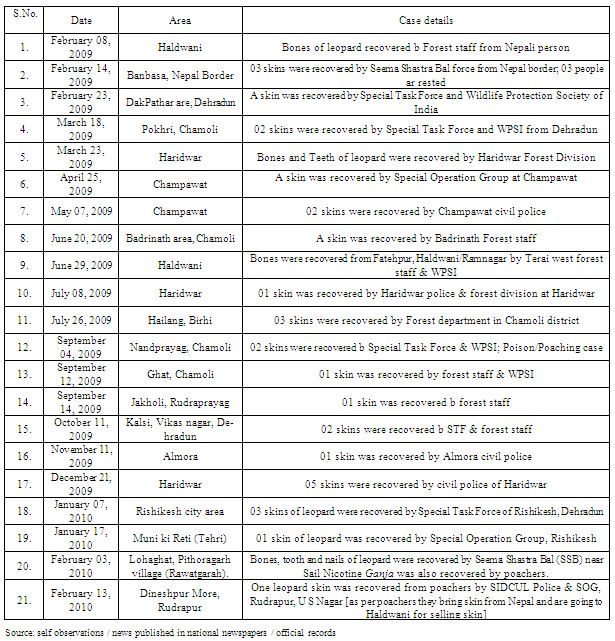| Table 1. Leopard’s mortality in Uttarakhand since January 2009 |
| | 1. | January 01, 2009 | Terai West Forest Division | - | Found injured, died during care | | 2. | January 22, 2009 | Pokhaal, Kotdwar, Lansdowne Forest Division | Female, 03 years | Shot-dead, declared as man-eater | | 3. | February 03, 2009 | Rajawala, Selaqui, Dehradun Forest Division | - | Found dead | | 4. | February 06, 2009 | Almora Forest Division | - | Internal Fight | | 5. | February 08, 2009 | Almora Forest Division | Male, | Found dead, Unknown | | 6. | February 13, 2009 | Gopeshwar-Chamoli Route, Nanda Devi Biosphere Reserve | - | Trapped in clutch wire, rescued, died during care | | 7. | February 16, 2009 | Almora Forest Division | -, Cub | Found Dead, Unknown | | 8. | February 16, 2009 | Nainital Forest Division | -, Cub | Found Dead, Unknown | | 9. | February 17, 2009 | Ghamandpur, Ranipokhri, Barkot Range, Dehradun, Forest Division | Male, - | Found dead | | 10. | February 18, 2009 | Paathisain area, Dhumakot, Pauri Forest Division | Male, - | Found dead | | 11. | February 18, 2009 | Paathisain area, Dhumakot, Pauri Forest Division | Female, - | Found dead | | 12. | February 19, 2009 | Pokhaal, Pauri Forest | - | Shot-dead by shooter; declared as man-eater | | 13. | February 19, 2009 | Gairsain, Chamoli Forest | - | Shot-dead by shooter; declared as man-eater | | 14. | February 19, 2009 | Khatima-Banbasa Route, Banbasa Forest | Female, - | Road accident | | 15. | March 05, 2009 | Kholiagaon, Bageshwar Forest | - | Shot-dead, declared as man-eater | | 16. | April 12, 2009 | Gairsain, Chamoli Forest | Female, - | Shot-dead, declared as man-eater | | 17. | April 26, 2009 | Gadgadia Range, Haldwani Forest Division | - | Found dead | | 18. | May 13, 2009 | Chopra, Raipur Range, Mussoorie Forest Division | Female. - | Shot-dead by shooter, declared as man-eater | | 19. | May 20, 2009 | Haridwar-Roorkee route, near to Pathri rau, Haridwar Forest Division | - | Road accident | | 20. | June 09, 2009 | Tol village, Devprayag | Female, 08 years | Shot dead, declared as man-eater | | 21. | June 28, 2009 | Devprayag | - | Shot dead, declared as man-eater | | 22. | June …, 2009 | Sikroda, Khanpur Range, Haridwar Forest Division | - | Found dead | | 23. | July 01, 2009 | Premnagar, Dehradun Forest Division | Female, - | Shot dead, declared as man-eater | | 24. | July 14, 2009 | Bharpur patti, Devprayag, Tehri | - | Killed by shooter (declared as man-eater) | | 25. | July 15, 2009 | Kudkawala, Haridwar Forest Division | Male, 05 years | Found dead, Poaching (bullets were found over to body) | | 26. | July 16, 2009 | Kumrada village, Chinyalisaur, Uttarkashi | Female, 04 years | Killed by villager during attack/self-defence | | 27. | July 17, 2009 | Khandah, Pauri | - | Brutally killed by villagers | | 28. | July 23, 2009 | Nainital Zoo | Female, 04 years | Shifted from Birla Forest, rescued, finally died | | 29. | July 27, 2009 | Gairsain area, Chamoli Forest | - | Shot dead, declared as man-eater | | 30. | August 16, 2009 | East Jhandi chaur, Kotdwar Forest | - | Found injured, died during care | | 31. | August 19, 2009 | Chiniyalisaur, Uttarkashi | - | Found injured, died during rescue | | 32. | August 21, 2009 | Gopeshwar, Chamoli Forest Division | - | Found injured, died during rescue operation | | 33. | August 21, 2009 | Gairsain, Chamoli Forest | Male, 05 years | Shot dead, declared as man-eater | | 34. | October 07, 2009 | Motasaal are, Sonanadi Wildlife Sanctuary Kalagarh Tiger Reserve | Female, - | Found dead | | 35. | October 13, 2009 | Chaukhutia Block, Almora Forest Division | - | Shot dead, declared as man-eater | | 36. | October 15, 2009 | yamkeshwar Block, Pauri Forest Division | Male,- | Shot dead, declared as man-eater | | 37. | October 23, 2009 | Kaladhungi Range, Ramnager Forest Division | - | Found dead, internal fight | | 38. | November 07, 2009 | Bhardaar are, Jakholi Bl., Rudraprayag Forest Division | Female, - | Shot dead, declared as man-eater | | 39. | November 12, 2009 | Kansrao, Rajaji National Park | Female, - | Train accident | | 40. | November 20, 2009 | Chini Forest, Khatima Range, Terai East, Forest Division | Male, - | Found dead, carcass found in a nallah; Haemorrhage of intestine/bleeding? | | 41. | December 24, 2009 | Chauharpura Range, Barwa village, Dehradun Forest Division | - | Found dead; 03 nails missing | | 42. | January 06, 2010 | Chaukuni Forest, Champawat Forest Division | Female, 02 years | Found dead, Unknown | | 43. | January 07, 2010 | Rishikesh Forest, Dehradun Forest Division | Female, 02 years | Road accident | | 44. | January 12, 2010 | Patrampur, south Jaspur, Terai West Forest Division | Female, 04 years | Found Dead, Unknown | | 45. | January 15, 2010 | Forest near to Buggawala village, Khanpur Forest, Haridwar Forest Division | - | Found Dead, Unknown (post-mortem report - Disease) | | 46. | January 21, 2010 | Haldwani Forest, Terai Central Forest Division | -, 03 years | Road accident | | 47. | January 22, 2010 | Jhajra Forest, Dehradun Forest Division | - | Shooted down [declared as man-eater] | | 48. | January 24, 2010 | Forest near to Bosaan village, Chakrata Forest Division | - | Found dead, unknown | | 49. | January 27, 2010 | Kota Forest, Ramnagar Forest Division (Paatkot village) | Male, 06 years | Found dead, Internal fight | | 50. | January 29, 2010 | Bakhli village, Chaukhutia, Almora | -, 01 year | Found dead, unknown | | 51. | January 29, 2010 | Malsi Deer Park, Dehradun | -, 01 year | Disease, Brutally rescued from Survey of India campus | | 52. | February 07, 2010 | Gaulapaar area, near to Kalichaur river, Chakata Range, Ratighat Compt., Haldwani Forest Division | Male, 05 years | Found dead | | 53. | February 07, 2010 | Hempur forest, Aampokhra Range, Terai west Forest Division | - | Captured in fencing, rescued during night of 06th but finally died; fencing of agriculture farm of Remount training school & depot [poacher has laid the trap of clutchwire] | | 54. | February 11, 2010 | Kirada-Lava Route (near Lava village), Devprayag | - | Found dead, Trapped in fence | | 55. | February 12, 2010 | Jhajhra Forest (Majhaun), Dehradun Forest Division (200 meters away from Birodi village) | Male, 07 years | Found hanged in a tree in break-wire | | 56. | February 12, 2010 | Aasarodi Forest Range, Dehradun Forest Division Near to Badowala barrier (in private farm house) | Female, 06 years | Found dead, brutally captured in a trap (all four legs were detached from body) | | 57. | February 15, 2010 | Rausaal village, Bhilangna Range, Terai Forest Div. | Female, 02 years | Found dead; died two days before | | 58. | February 15, 2010 | Chaka, Ludiyanaam Tok, Ghansorapaka Forest | - | Found dead, unknown | | 59. | February 16, 2010 | Langha Forest, Kalsi Forest Division | Male, 05 years | Found dead; trap marks in neck portion, Nails missing from three feet | | 60. | February 17, 2010 | Beribara Forest, Rajaji National Park | Male, 01 year | Found dead | | 61. | February 19, 2010 | Back portion of IMA campus, Dehradun attached | Female, - | Captured in trap, rescued very late & bring To with Tons river Aasarodi but finally died [trap was placed for army training purpose] | | 62. | February 23, 2010 | Rikhrikhal Block, Pauri district | - | Found dead, Natural death? | | 63. | February 25, 2010 | Ganja village, Bhimtal, Nainital | Female, - | Found injured; rescued & shifted to Nai Natal Zoo but finally died | | 64. | March 01, 2010 | Kotdwar Range, Lansdowne Forest Division | - cub | Found dead; old carcass | | 65. | March 08, 2010 | Near to Gaula river by-pass bridge, Haldwani Forest Division | Male, 02 years | Found dead; three claws were missing & neck bone was found fractured [looking like snow leopard] | | 66. | March 12, 2010 | Belani, Near to Vidya Mandir, Rudraprayag | Female, 01 month | Found dead; masticated spots found over To lower neck portion | | 67. | March 16, 2010 | Mandal Range, Jmeria Beat, Kalagarh Tiger | Female, 02 years | Found dead; Injured marks at neck, belly & head | | 68. | March 20, 2010 | Saterakhal, Rudraprayag | Female, 02 years | Found dead; Poaching case [seriously Injured & nails missing] | | 69. | March 21, 2010 | Khanpur, Haridwar Forest Division | - | Found dead | | 70. | March 21, 2010 | Pantnagar Veterinary College, Pantnagar Shifted from Malsi Deer Park for treatment | Male, 05 years | Found trapped in a snare at Majri village, rescued & shifted to Malsi Deer Park, after that shifted to Pantnagar Veterinary Col Lege for treatment; serious injury in neck Portion and infection, finally died | | 71. | March 21, 2010 | Badowala, Dehradun Forest Division | - | Found trapped in snare at Badowala vil lege, Badowala village near Shimla bypass road Shimla bypass road; leopard was captured during day hours [chest portion was seriously injured] rescued & shifted; finally died | | 72. | March 27, 2010 | Kotawali forest, Chiriapur Range, Haridwar Forest Division | Female, 02 years | Road accident, Haridwar – Bijnor National Highway No. 74 | | 73. | March 28, 2010 | Nirada/Mathana village, Pithoragarh Forest Division | Male, 06 month | Found dead | | 74. | March 28, 2010 | Nirada/Mathana village, Pithoragarh Forest Division | Female, 08 months | Found dead | | 75. | April 05, 2010 | Bohra village, Near Bhujaan, Civil forest, Ranikhet Almora Forest Division | Female, - | Found dead | | 76. | April 10, 2010 | Ramgarh Range, Rajaji National Park | - | Found dead, burnt in fire | | 77. | April 10, 2010 | Sauni Forest, near to Pant gaon, Ranikhet, Almora | Male, - | Found Dead, Unknown | | 78. | April 11, 2010 | Almora Forest Division | - | Brutally killed by villagers |
|
|

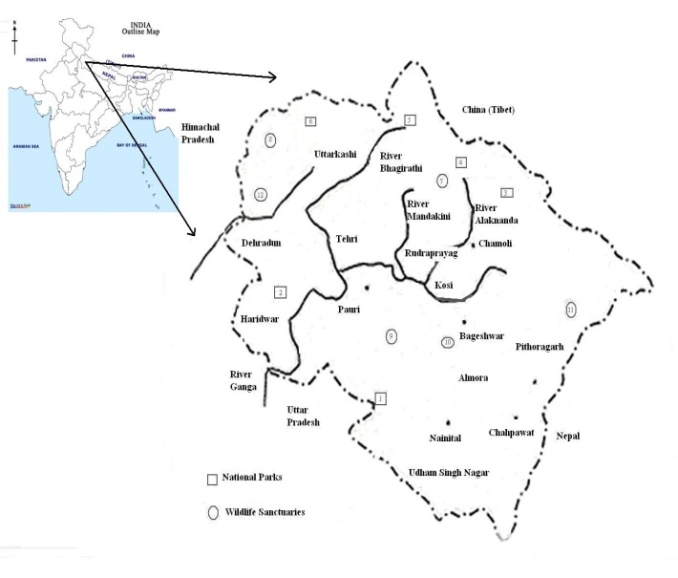
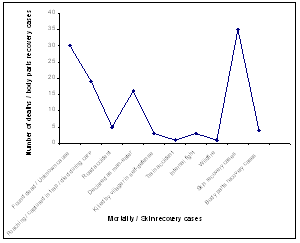
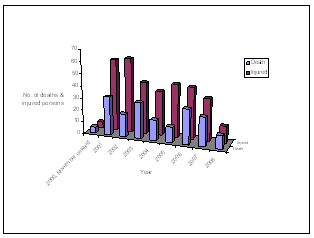

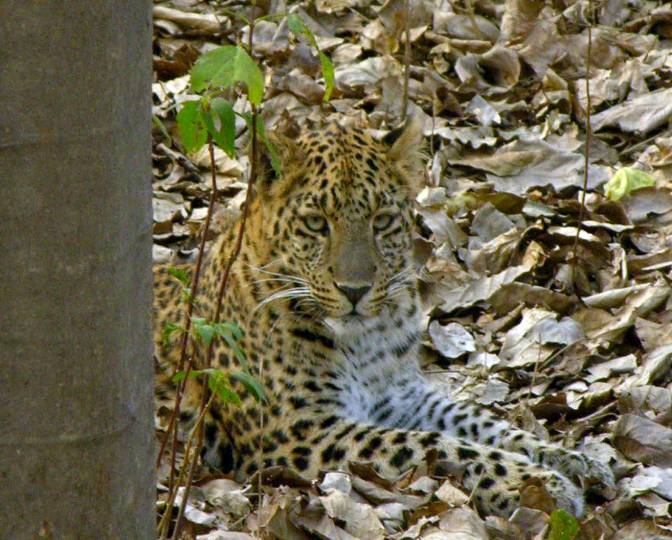
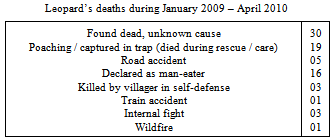 Sex – ratioOut of 78 deaths, 24 were females whereas 15 were males and for other 39 the exact sex was not known to us. Looking into the data it comes out that the death ratio of male: female is almost equal and this will not affect the sex ratio of species but will bring this mammalian carnivore to threat.
Sex – ratioOut of 78 deaths, 24 were females whereas 15 were males and for other 39 the exact sex was not known to us. Looking into the data it comes out that the death ratio of male: female is almost equal and this will not affect the sex ratio of species but will bring this mammalian carnivore to threat. 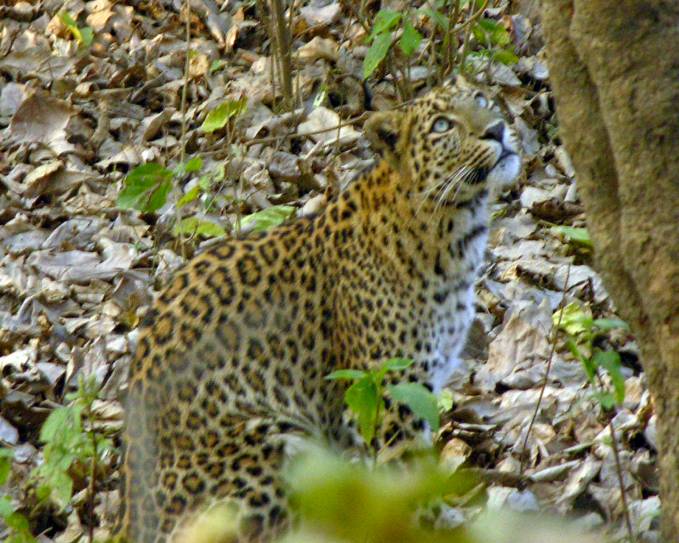
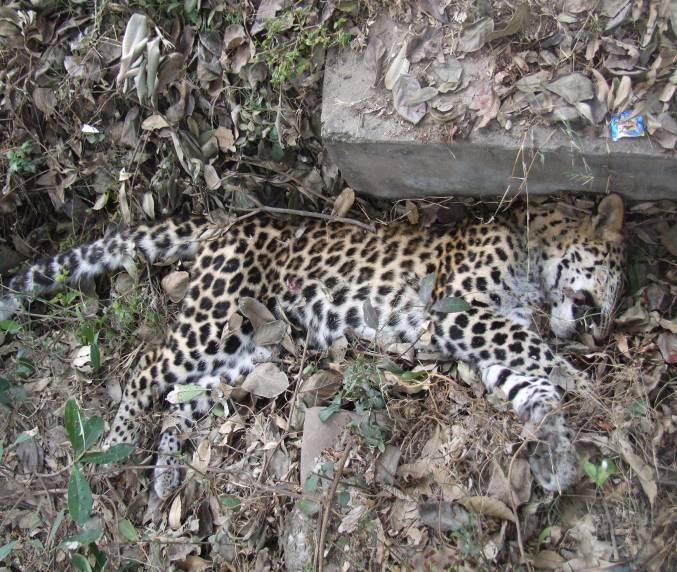
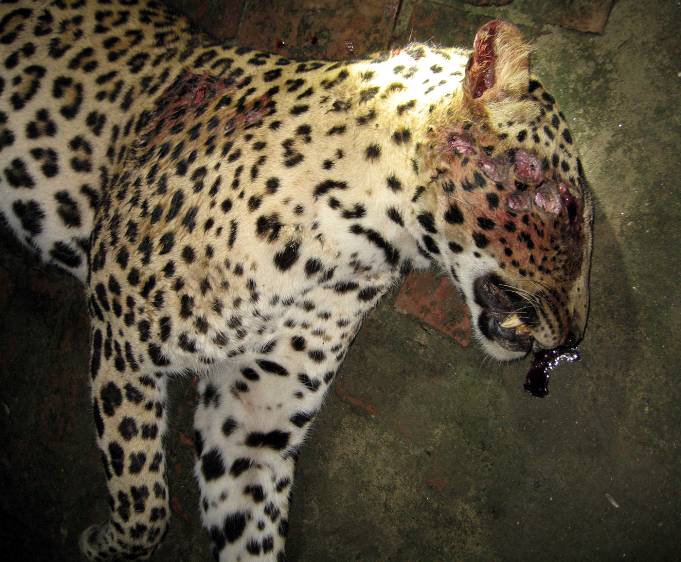

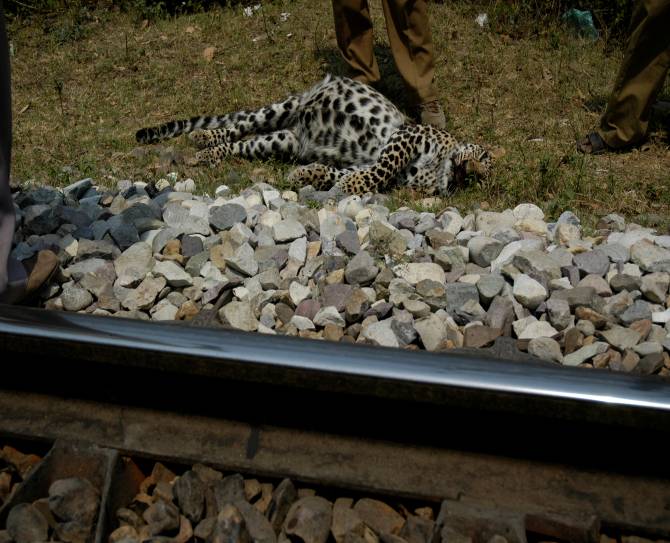
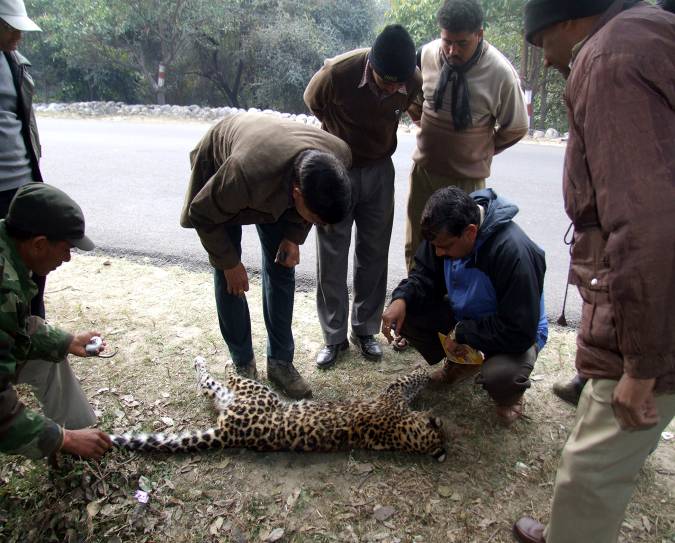
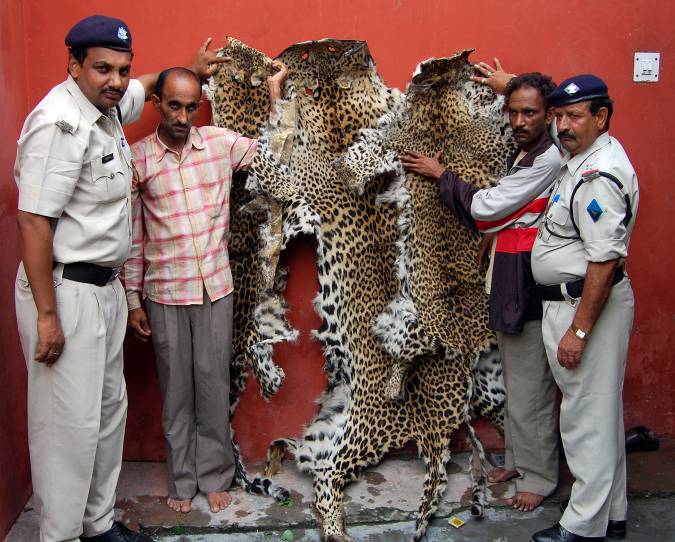
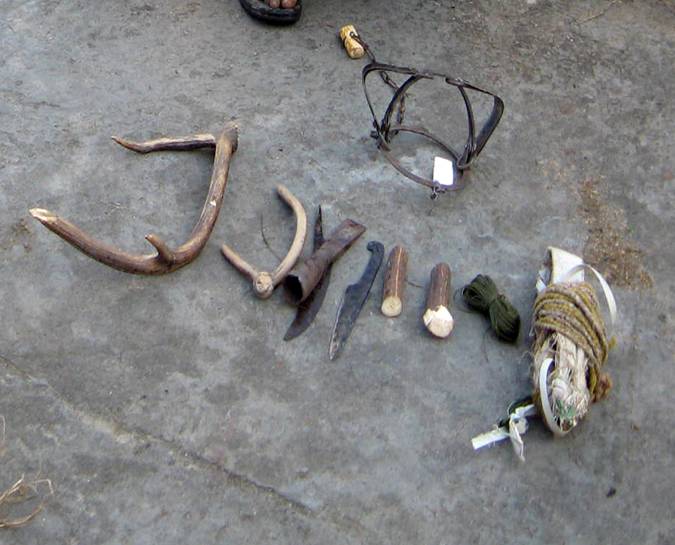
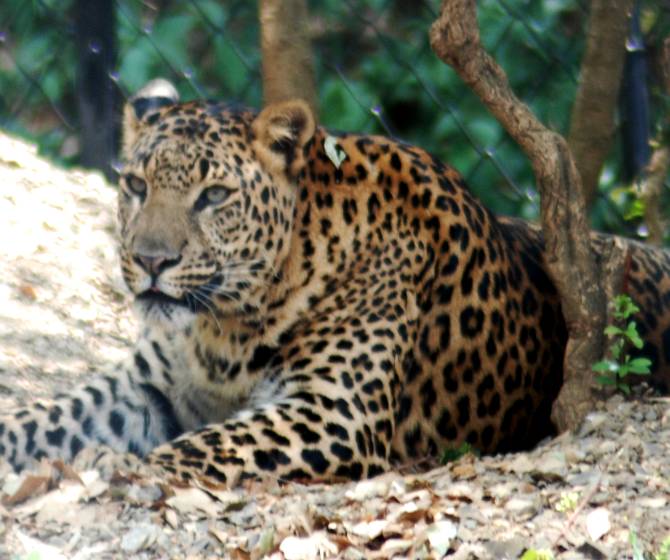
 Abstract
Abstract Reference
Reference Full-Text PDF
Full-Text PDF Full-text HTML
Full-text HTML